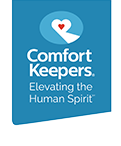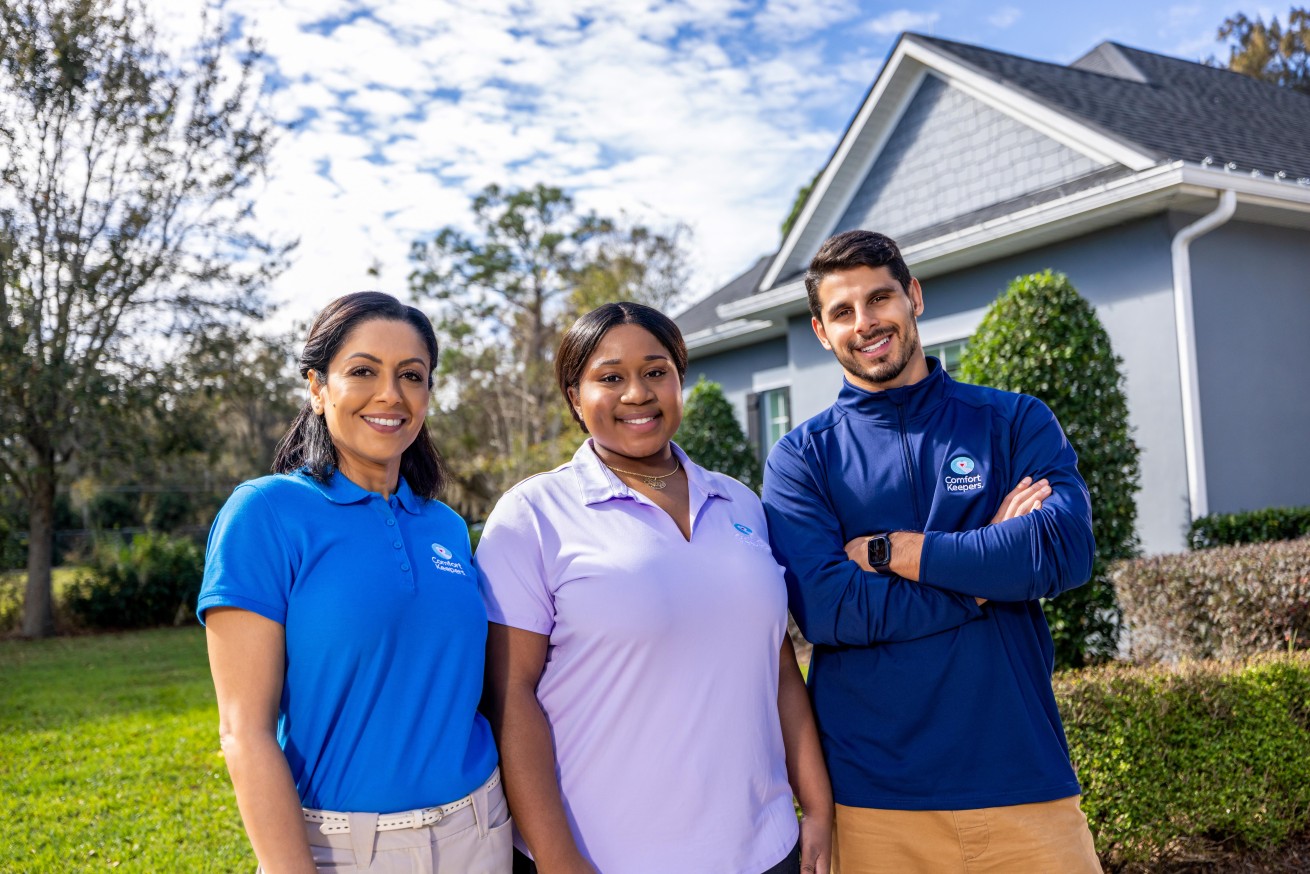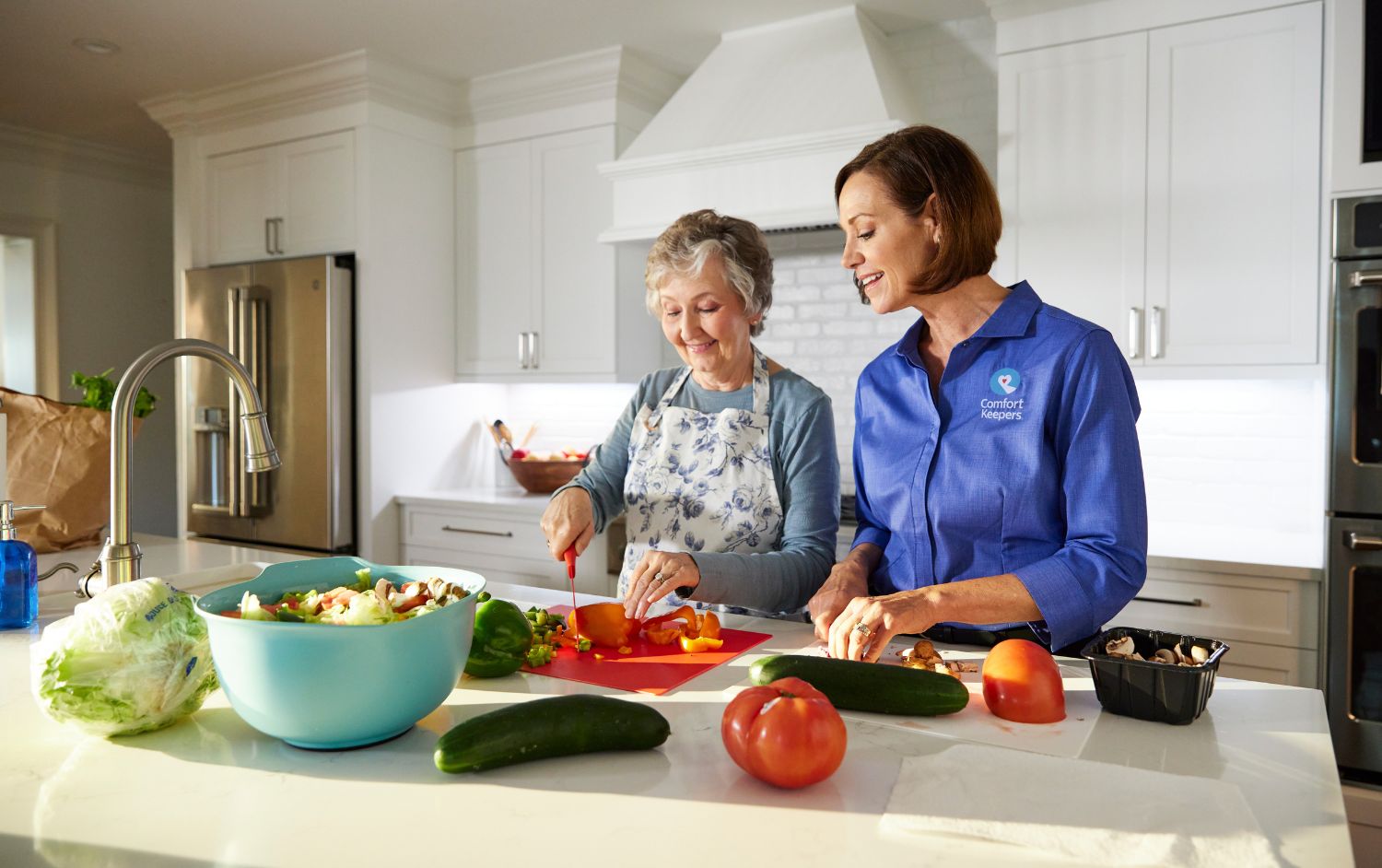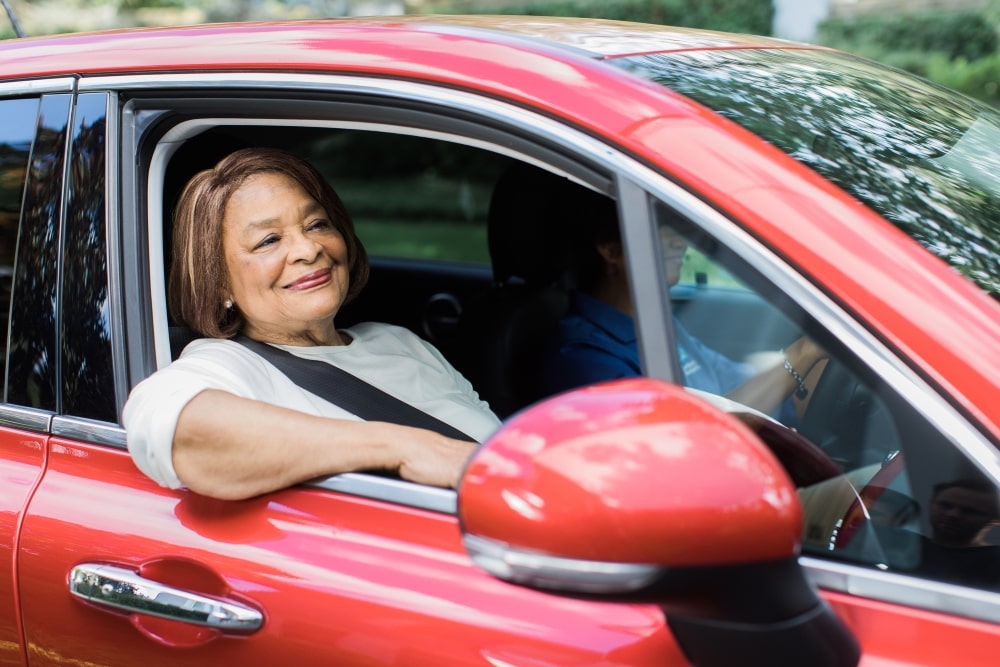The Signs of Strokes in Seniors, Risk Reduction and Rehabilitation
Senior Stroke Care | February 16, 2024
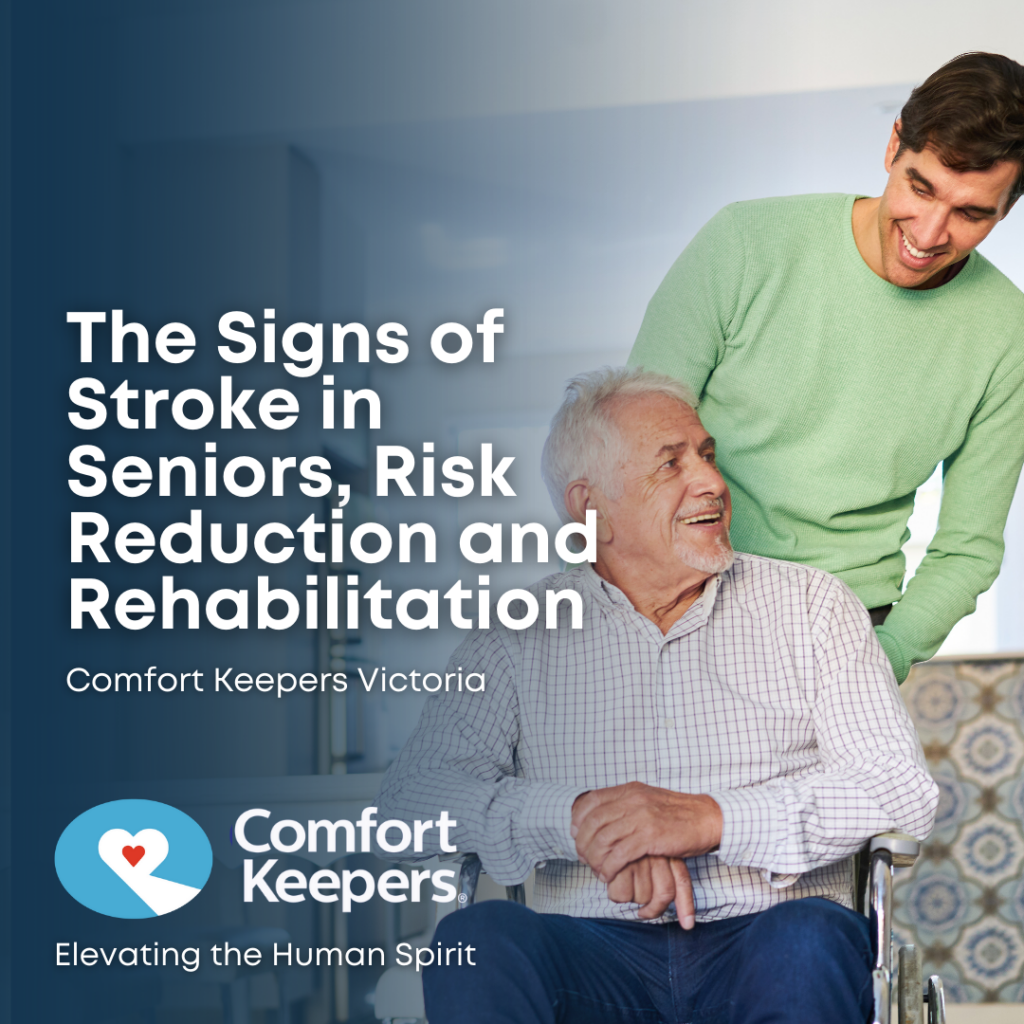
What Every Senior in Victoria, BC, Needs to Know About Strokes in Seniors
What do you need to know about strokes? In Canada, a staggering number of new strokes take place annually, with an estimated frequency of one every 10 minutes. It is worth noting that the majority of these occur in individuals over 65 years old.
When considering strokes, we often think of paralysis on one side of the face, confusion, and severe headaches. However, these are merely the tip of the iceberg when it comes to fully comprehending why strokes occur and effectively handling them to minimize the likelihood of fatality and long-term brain impairment.
Types Of Strokes in Seniors
When discussing strokes, the most commonly mentioned type is an ischemic stroke. This type of stroke makes up approximately 80% of all cases and happens when a blood vessel leading to the brain becomes obstructed, causing a lack of blood flow to specific areas of the brain. This lack of blood flow results in a decrease in oxygen supply to the brain, which can lead to damage and death of brain cells within just one minute.
An alternative form of stroke, referred to as a hemorrhagic stroke, makes up 20% of all cases. This occurs when blood enters the brain and causes harm to neural cells. Typically, this type of stroke is caused by an aneurysm that ruptures due to unmanaged hypertension.
Signs Of A Stroke in Seniors
As you may have deduced, time is of the essence when it comes to stroke onset. If prompt treatment is not given, there is a risk of permanent damage to brain cells, even if death does not occur immediately. The difficulty lies in the fact that strokes can affect the brain in various ways, making recognition of symptoms challenging. This is particularly true for seniors, as they are more susceptible to strokes than any other age demographic.
Here are indicators to watch out for in yourself or your elderly family member. It’s important for all individuals in regular contact with them to also be familiar with these signs so they can recognize when it’s necessary to seek urgent medical help.
- Confusion or sudden changes in behaviour
- Partial loss of vision
- Sudden trouble walking and/or dizziness
- Sudden loss of coordination
- Sudden severe headache
- Sudden difficulty speaking or understanding others
- Onset of weakness or paralysis of any part of the body
- Double vision
If any of these indicators are present in your elderly family member, do not hesitate or delay seeking help. As previously mentioned, it is crucial to promptly reach out to emergency services before the brain incurs permanent harm. For treatments to have the best chance of success, it is essential to receive a diagnosis within three hours of the initial symptoms and arrive at the hospital within one hour.
Senior Stroke Rehabilitation
The amount of rehabilitation required after a stroke varies depending on the severity of the damage. Typically, medical experts will suggest one or more forms of therapy. For example, physical therapy focuses on relearning basic motor skills through specialized exercises, while occupational therapy involves reacquiring daily tasks like bathing, dressing, eating, and writing. Additionally, speech therapy may be advised to assist with rebuilding communication abilities.
As hypertension is a leading cause of strokes, physicians may prescribe medications to regulate blood pressure and decrease the likelihood of developing blood clots.
Senior Stroke Prevention
Over the past few decades, there has been a rise in survival rates for strokes. According to the American Heart Association, strokes, previously the fourth leading cause of death in the United States, have now fallen to the fifth spot. This can be attributed to greater awareness of early signs and successful treatment methods, as well as education on positive lifestyle changes.
To lower the likelihood of a stroke, your loved one can follow these guidelines:
- Manage blood pressure
- Minimize stress (through healthy outlets)
- Quit smoking
- Limit consumption of alcohol
- Exercise regularly (upon physician approval)
- Maintain a healthy weight
- Modify diet to include foods that are low in saturated fat and sodium
- Manage cholesterol levels (consult your physician for options)
Promoting a healthy lifestyle is the first step in reducing risk. This is especially important for aging loved ones who have a family history of stroke. Encourage them to adhere to these guidelines and make sure they also have regular check-ups with a medical professional to detect any other potential risk factors and develop prevention strategies.
The Best Senior Home Care Provider in Victoria, BC, is Comfort Keepers®
Firstly, if you are concerned about the health and well-being of your aging loved ones, we can help with 24-hour care. We offer senior care, post-surgery care, palliative care, personal care, senior living transition services, and much more!
Comfort Keepers® Victoria Provides In-Home Elderly Care Services
Aging in place means keeping seniors happy and healthy at home. Comfort Keepers® trained caregivers provide seniors with the highest quality of life possible. In particular, our Interactive Caregiving™ system provides care that addresses safety, nutrition, mind, body, and activities of daily living.
Comfort Keepers® Victoria In-Home Caregivers Can Help with Interactive Caregiving™
Personal and empathetic care starts in the heart and allows us to meet our clients’ needs. Our philosophy is to elevate the human spirit. Our caregivers will be there every step of the way to ensure your loved one has a better quality of life.
Senior Homecare in Victoria, BC
Our unique services offer families respite care, overnight care, personal care, companionship care, palliative care, and end-of-life care. To learn more, contact the Comfort Keepers Victoria office.
Comfort Keepers® Victoria is Proud to Provide Senior Care and Home Care Services to Keep Seniors Safe in Their Homes
If you are searching for home care near you, we can help! Comfort Keepers® Victoria can provide home care for Victoria and surrounding areas. Service territory includes Colwood, Saanich, Sidney, James Bay, and Oak Bay. Please call (778) 265-5999 and learn how your loved ones can receive compassionate, professional in-home care.
Quality and Accredited Respite Care for British Columbia Families
Comfort Keepers® Victoria has achieved Exemplary Standing accreditation from Accreditation Canada. This accreditation, a rigorous evaluation of organizational processes, policies, and procedures against established quality standards by industry experts, signifies that Comfort Keepers’ offices have successfully met or surpassed the stringent benchmarks for Home Care companies as defined by Accreditation Canada.
References:
- MedicineNet.com. “Stroke Symptoms and Treatment” by Benjamin Wedro, Charles Patrick Davis. Web. 2017.
- NIH Senior Health. “Stroke.” Web. 2017.
- American Heart Association. “About Stroke.” Web. 2017.
Individualized Home Care Options
Long-Term Home Care, 24 Hour Home Care & Short Term Care Options Customized for You



